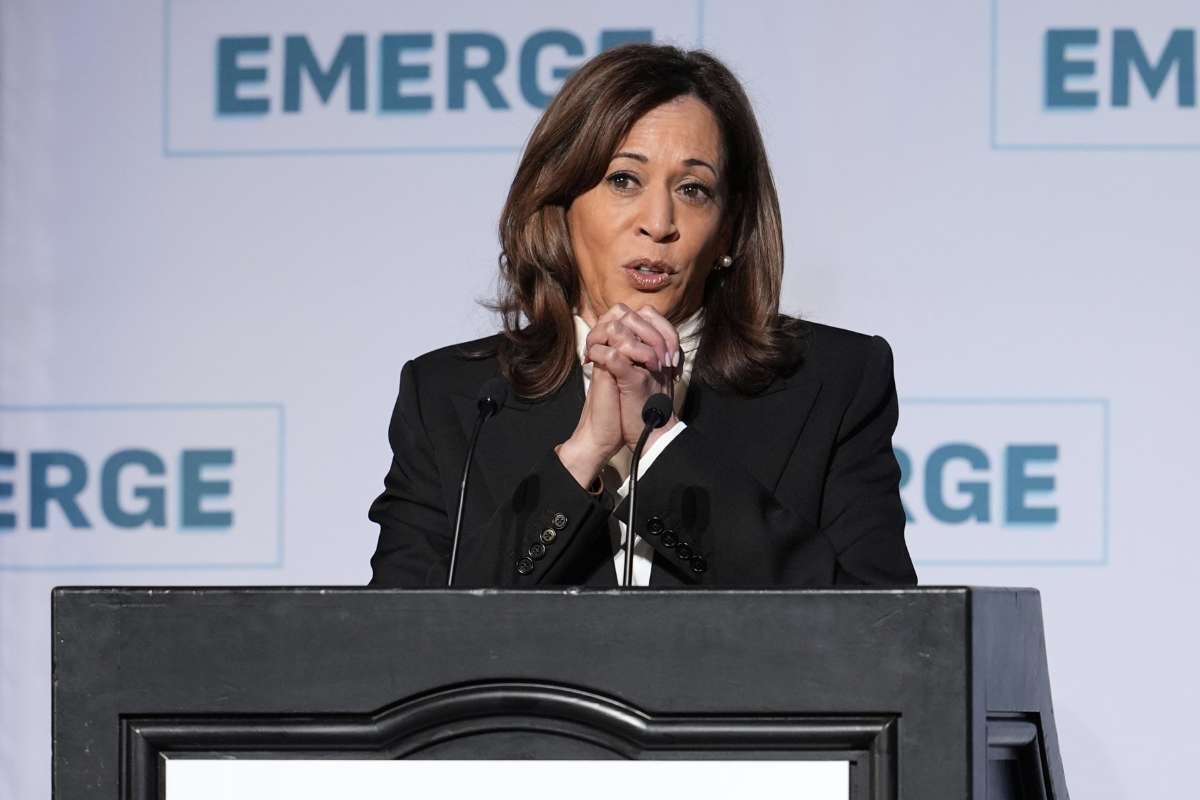Kamala Harris, former Vice President of the United States, has officially announced she will not run for governor of California in the 2026 election. The decision, confirmed on July 30, 2025, ends months of speculation about her potential return to state-level politics.
“I love this state and all it represents,” Harris said publicly. “But after deep reflection, I’ve decided I will not be a candidate for governor.”
Her decision paves the way for a crowded Democratic field that includes prominent names like Xavier Becerra, Eleni Kounalakis, and Katie Porter, who had signaled they would remain in the race regardless of Harris’s entry. With the primary already heating up, Kamala Harris’s exit removes a potential heavyweight from the ballot and reshapes the trajectory of California’s 2026 political landscape.
Signs Point Toward 2028 Presidential Run
While stepping back from the gubernatorial race, Kamala Harris is not stepping away from politics entirely. Her statement hinted at a national pivot, with suggestions that she may be eyeing a run for the 2028 Democratic presidential nomination.
Multiple sources close to Harris indicated she’s weighing various options, including launching a nonprofit, publishing a memoir, and traveling the country on a “listening tour” aimed at rebuilding trust and energizing the Democratic base.
The move also allows her to maintain political flexibility while supporting down-ballot Democrats ahead of the 2026 midterms. According to a BBC report, Harris’s inner circle sees this moment as a chance to reset her national image, especially after a rocky vice presidency and a tepid end to the 2024 campaign.
Polls show she remains a serious contender. A recent Emerson College survey placed her second among likely 2028 Democratic primary voters, just behind Transportation Secretary Pete Buttigieg.
Reactions and Strategic Implications
Kamala Harris’s decision was supported by top California Democrats, including Governor Gavin Newsom and former Attorney General Xavier Becerra, both of whom praised her public service and leadership.
Analysts say the move may be a strategic recalibration, offering Harris a chance to reintroduce herself to voters outside the shadow of the Biden administration. Commentators from The 19th and Politico framed the choice as bold, positioning her as a national figure choosing possibility over predictability.
Within the broader Democratic landscape, the announcement intensifies focus on other potential 2028 contenders, including Newsom, Illinois Governor J.B. Pritzker, and Senator Cory Booker. Harris’s next steps—whether a book, foundation, or campaign will be closely watched as Democrats search for post-Biden leadership.
Kamala Harris may have stepped aside in California, but she’s hardly stepping out of the spotlight. With her eyes on 2028, the former Vice President appears to be crafting a fresh political narrative, one that repositions her as a national voice for the future of the Democratic Party.
Visit CIO Women Magazine to read more.









